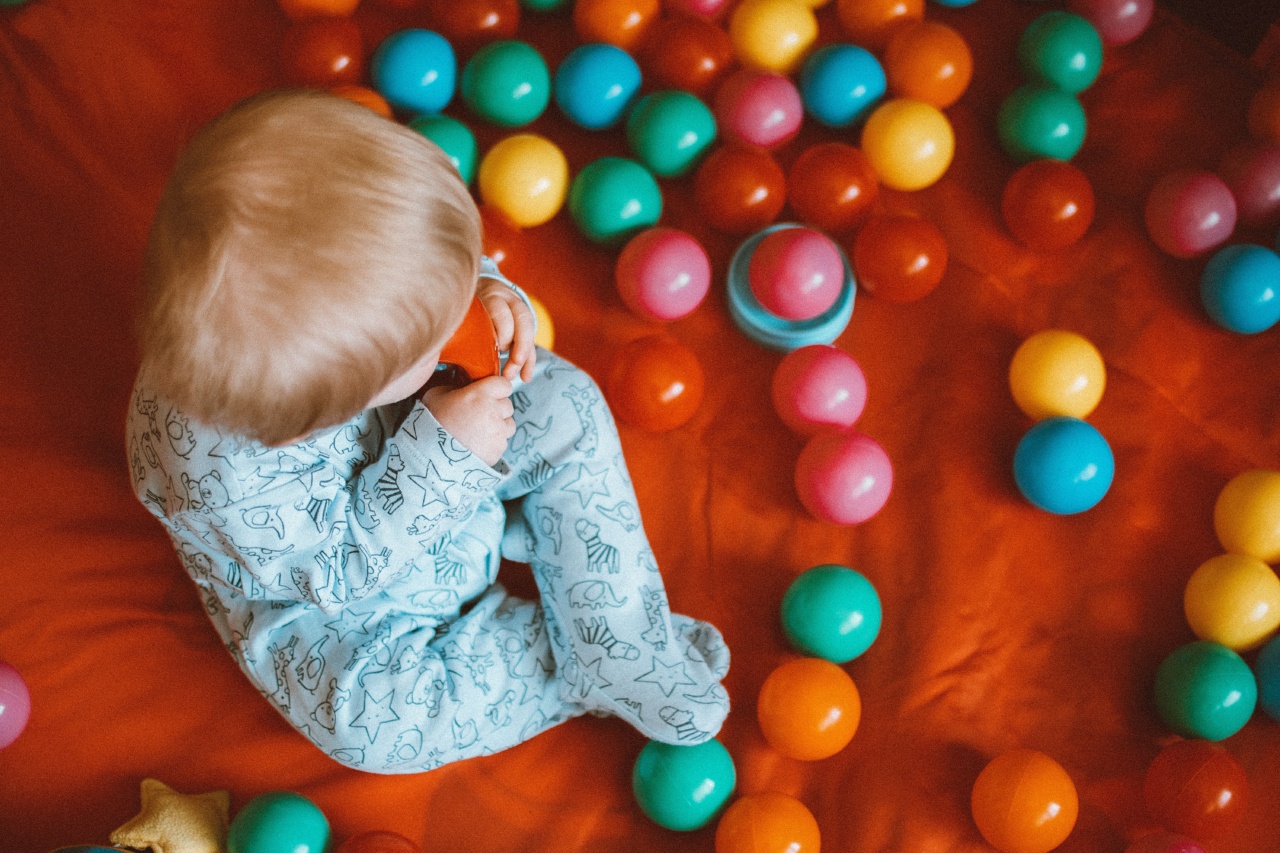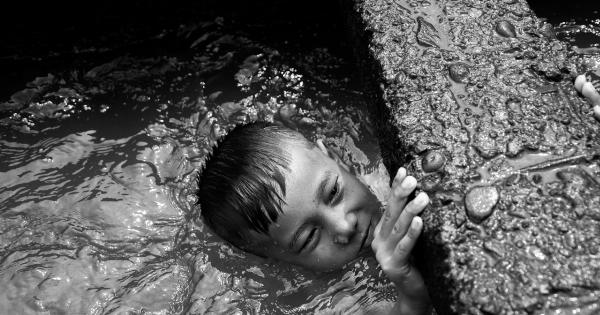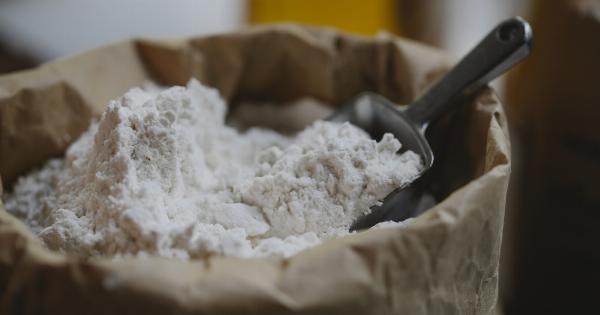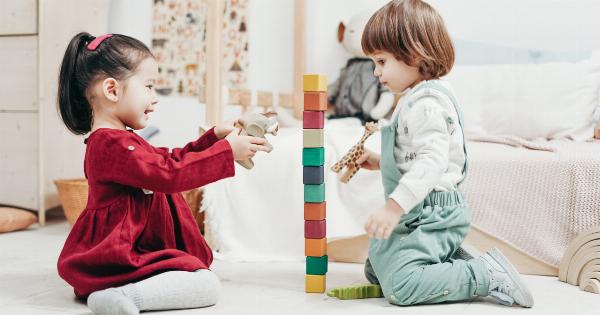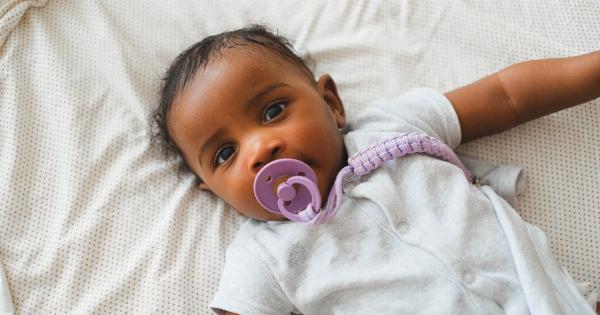Many parents opt for plastic balls as their kids’ toy, as they are lightweight, colorful, and inexpensive. However, plastic balls may seem harmless but they pose hidden dangers that could jeopardize your child’s health.
This article will discuss why plastic balls can be dangerous for children and what parents should consider when buying toys.
Choking Hazard
Small-sized plastic balls are a potential choking hazard for young children. Infants and toddlers are prone to putting toys in their mouths, and small balls pose a risk of getting lodged in their throats.
When buying toys for small children, opt for larger-sized balls and ensure they do not contain any small removable parts that can come loose.
Toxicity
The manufacturing process of plastic balls and the materials used to make them can contain toxic substances like lead and phthalates, among others.
Both of these substances can cause developmental defects and health problems like cancer, affect learning and behavior, and other chronic illnesses. Parents should opt for toys that are free of toxic materials like BPA, Phthalates, and lead. Ensure you read labels carefully before purchasing toys for your child.
Injuries
Plastic balls are light and easy to throw, which is an attractive feature to kids. However, they may pose injurious threats when hurled or thrown around. For instance, a thrown plastic ball can hit a child’s face or eyes, resulting in injuries.
Furthermore, when the plastic balls are clustered, they can form a rather large and heavy mass that could cause physical harm if it accidentally drops on a child. Therefore, it is essential to instruct kids to use plastic balls responsibly and not to throw them around recklessly.
Fire Hazards
Plastic balls can be a potential fire hazard if left unattended around a heat source or inside a car. When exposed to high temperatures, the plastic material can melt, releasing toxic fumes, and cause a fire hazard.
Ensure you instruct your children not to leave plastic balls near heat sources or leave them unattended in your car, particularly during hot weather conditions.
Noise Pollution
While plastic balls are generally well-behaved, they can produce an annoying sound. Clustered plastic balls, for instance, can make loud and distracting sounds that could cause discomfort and irritation to both parents and youngsters.
Too much exposure to such loud sounds could cause hearing damage to young kids. Parents should ensure that children do not use plastic balls irresponsibly and regulate their playing times.
Environmental Pollution
Studies have shown that plastic materials are one of the significant polluters of the environment. Plastic balls, when they end up in landfills or discarded in the environment, take many years to decompose, causing severe damage to wildlife and flora.
As such, parents should encourage their children to dispose of plastic balls responsibly to avoid damaging the environment. Consider recycling plastic toys or donating used ones to charity, schools, or other organizations.
Misuse of Plastic Balls
Improper use of plastic balls, like hitting them against hard surfaces, like walls or floors, can lead to cracks and dents, rendering them unusable.
Cracked and dented plastic balls are potential dangers to children as they contain sharp edges that could harm them. Children should be taught how to use plastic balls responsibly to avoid breaking them or causing physical harm.
Costly
Plastic balls may seem cheap and affordable, but the long-term costs outweigh the initial savings. When poorly made, plastic balls can break easily, become worn out, leading to a need for replacement with a new set regularly.
Using alternative, well-made and durable balls might seem more expensive initially but are well worth the cost over time.
Conclusion
While plastic balls are fun and inexpensive toys for children, they pose a range of health and safety risks. Parents should consider substituting plastic balls with other toys that do not contain toxic materials, have larger sizes, and are well-made.
It is essential to teach children how to use toys responsibly, avoid leaving the toys in places where they pose a fire hazard, dispose of old, unusable toys responsibly, and take good care of the toys to minimize harm and reduce expenses.
